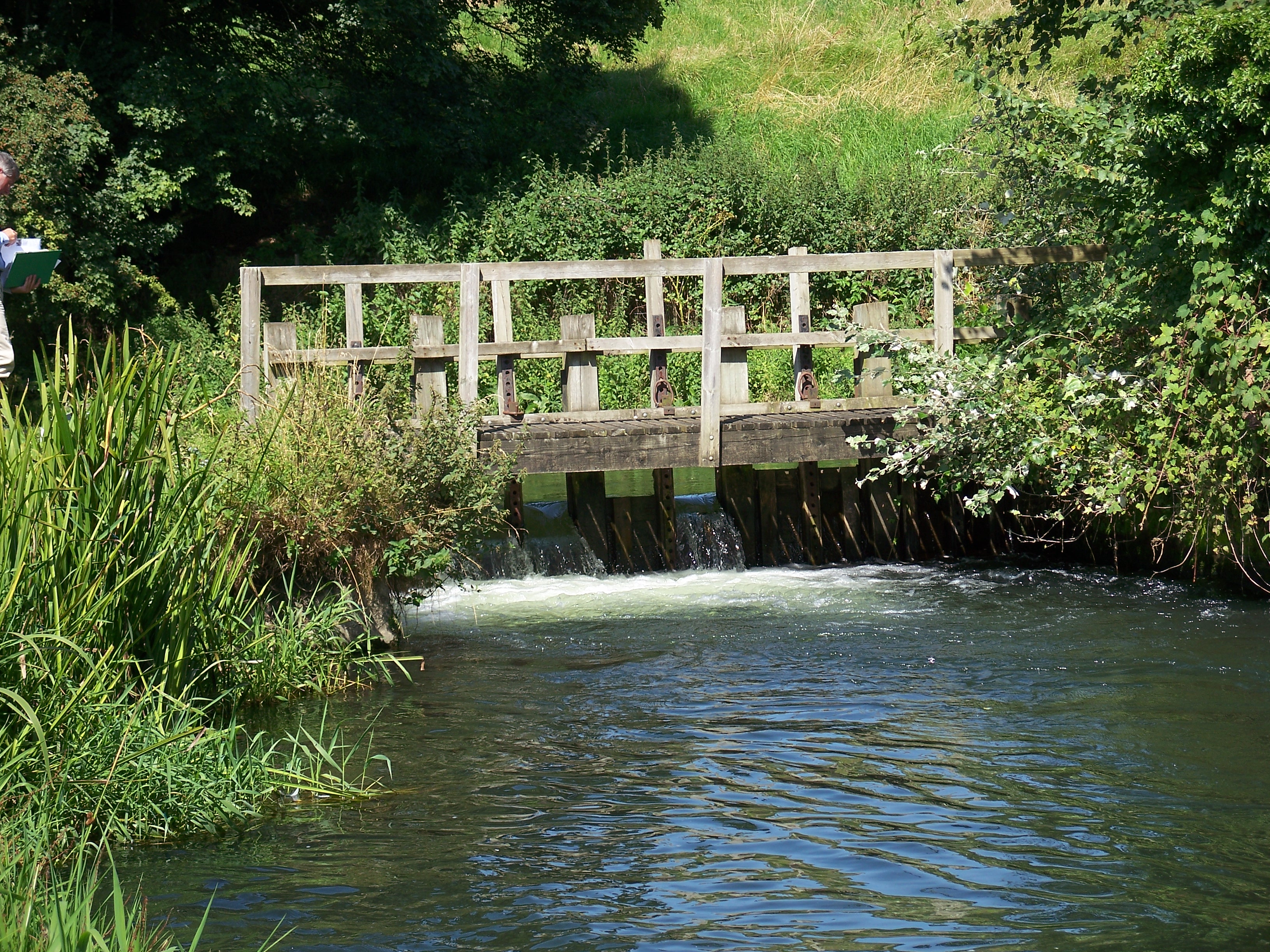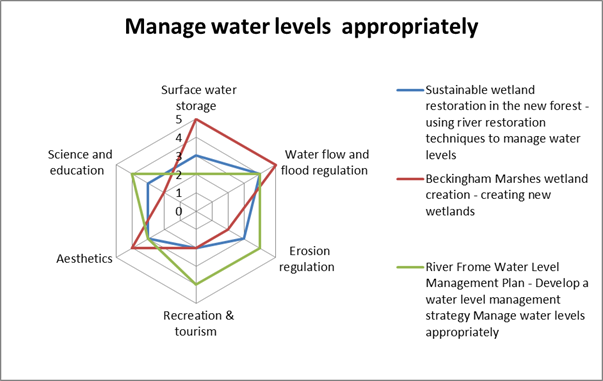Water levels are frequently managed for FCERM or land drainage purposes by structures such as sluices or pumping stations. In England, these structures are usually operated, managed, or controlled by the Environment Agency, Lead Local Flood Authority (LLFA) or Internal Drainage Boards (IDBs).

This water level management can potentially impact upon the natural habitats supported in watercourses and adjacent floodplains. The aim of these activities is to ensure that water levels are managed carefully to maintain, protect, and if possible, enhance natural habitats.
Techniques
There are a range of techniques that can be used to implement this activity, including:
- Ensure that sluices and pumping stations are operated to provide sufficient water to maintain and improve habitats, whilst still delivering their land drainage or FCERM function, this could involve the development of a Structure Operating Protocol
- Develop or implement a Water Level Management Plan (WLMP) for watercourses that are within a Site of Special Scientific Interest (SSSI), these should be reviewed regularly to ensure that optimal conditions are created
Benefits
The appropriate management of water levels can deliver a range of benefits, including:
- Direct ecosystem service benefits associated with maintaining and enhancing biodiversity
- Helping nutrient cycling and carbon storage through the growth of healthy vegetation
- Improving the aesthetics and amenity value of water dependent habitats
- Potential cost savings associated with changes to the way pumps are operated
- Reduced cost of maintenance activities (e.g. dredging)
Case Study Benefits
This diagram displays a comparison of benefits scores (using a high-level ecosystem service assessment methodology) associated with the techniques used in each case study. More details on the methodology can be found here.